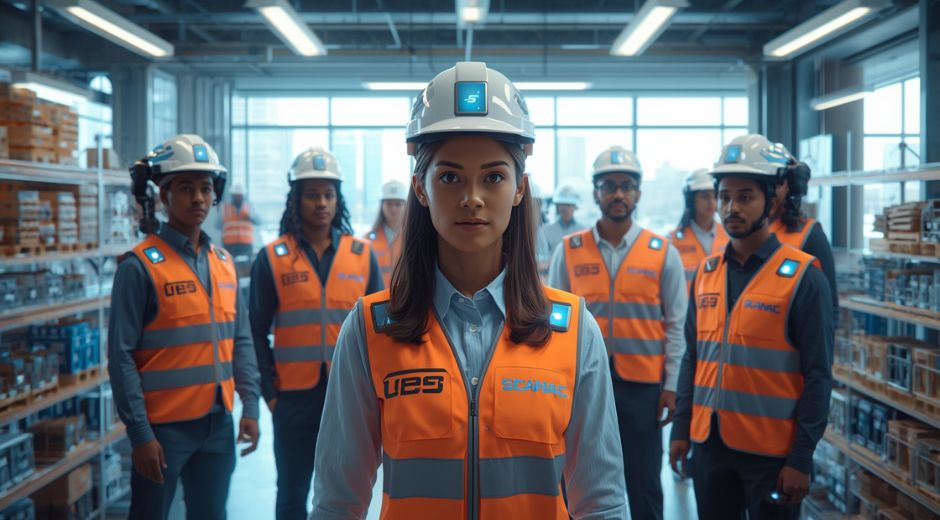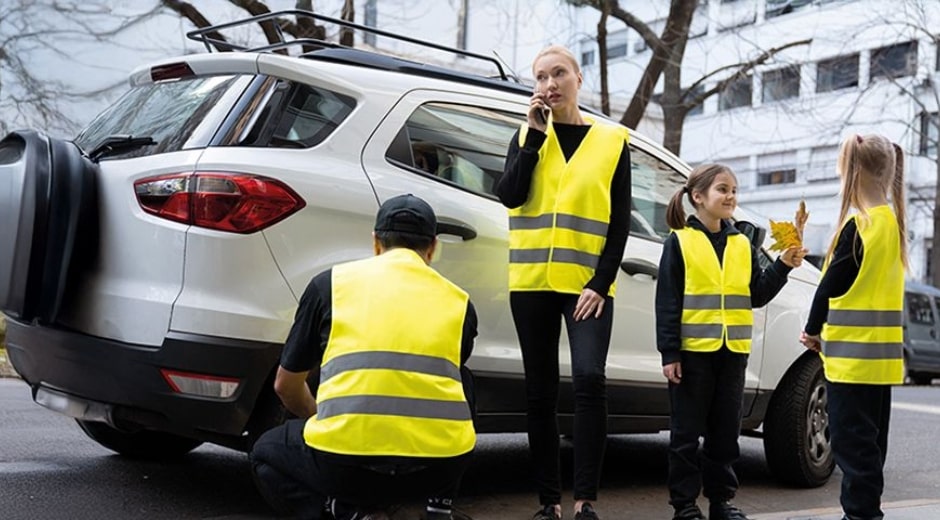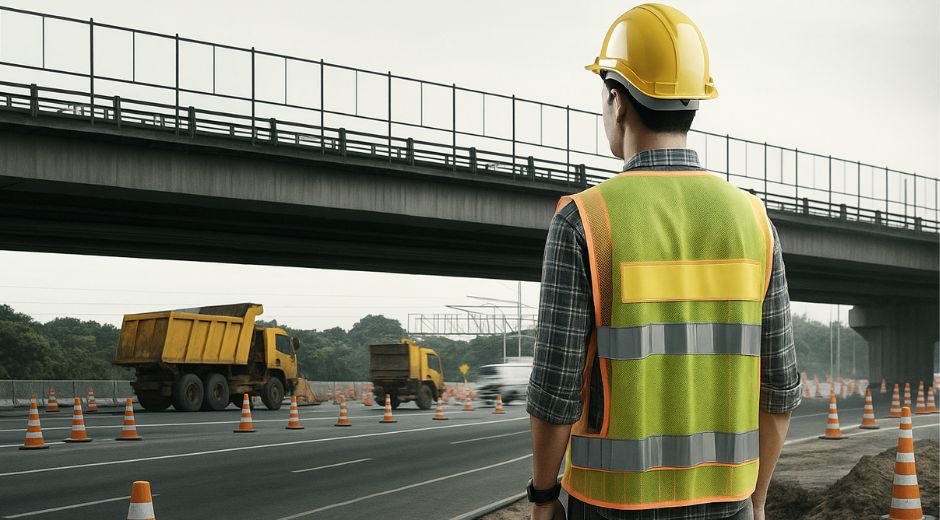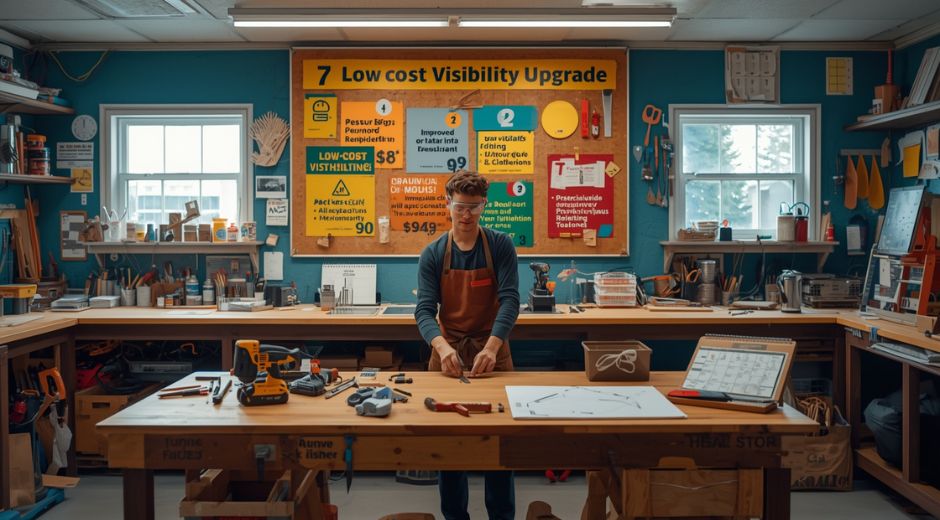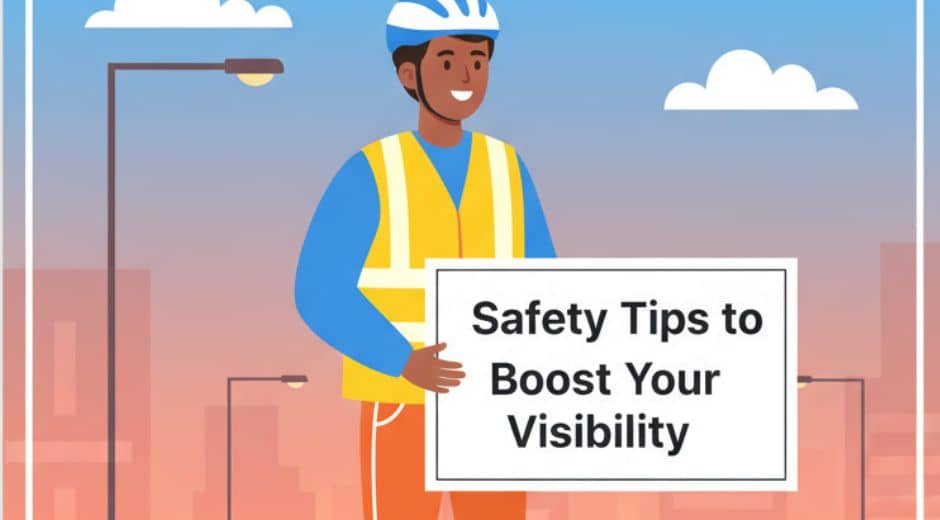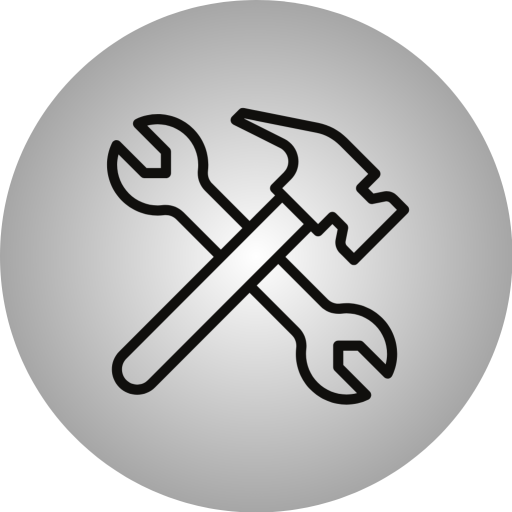The Future of Workplace Safety: Smart Visibility Tools
The Future of Workplace Safety: Smart Visibility Tools
Introduction: A New Era in Workplace Safety
The future of workplace safety is being shaped by technology, innovative lighting, and smart visibility tools. In industries ranging from construction and manufacturing to logistics and warehousing, ensuring that employees remain safe and visible has become more critical than ever. Poor visibility, heavy machinery, and complex work environments have historically contributed to workplace accidents, making safety a top priority for businesses worldwide.
Modern advancements such as LED lighting, wearable devices, and sensor-integrated equipment are redefining safety standards. Companies that embrace these innovations not only reduce accidents but also enhance productivity, efficiency, and employee confidence.
The Role of LED Lighting in Enhancing Visibility
A cornerstone of the future of workplace safety is the strategic use of LED lighting. Unlike traditional fluorescent or incandescent lights, LED fixtures provide bright, focused, and energy-efficient illumination. This is particularly crucial in industrial settings where shadows and poorly lit areas can lead to dangerous accidents.
LED lighting enhances visibility by highlighting pathways, machinery, and potential hazards. Workers can identify obstacles more quickly, reducing the risk of trips, slips, and falls. Moreover, LED systems are durable and long-lasting, offering consistent performance even in challenging environments.
Wearable Technology: Bringing Safety to the Individual
While overhead lighting improves general visibility, wearable technology ensures that each employee is seen in real-time. High-visibility vests with integrated LED strips, sensor-equipped helmets, and smart gloves are transforming how workers navigate hazardous environments.
These wearable devices not only make employees more visible but can also detect motion, proximity to machinery, or dangerous zones. Alerts are triggered automatically when an employee approaches a high-risk area, significantly reducing the chances of accidents. This combination of technology and personal safety equipment embodies the future of workplace safety.
Smart Visibility Tools in Action
Integrating smart visibility tools with LED lighting creates multiple layers of protection. In large warehouses, for example, floor-level LED strips can indicate safe walking paths, while overhead LEDs illuminate shelves and machinery. When combined with sensor-equipped vests or helmets, employees are more aware of both stationary hazards and moving equipment.
This integration is particularly useful in construction sites where vehicles, cranes, and uneven terrain pose constant risks. Smart visibility tools allow supervisors to monitor worker locations and conditions in real-time, ensuring immediate response to potential hazards.
Benefits of Smart Visibility Tools
1. Reduced Accidents
One of the most tangible benefits of LED lighting and wearable technology is a significant reduction in workplace accidents. By improving visibility and providing proactive alerts, these systems prevent incidents before they occur. Workplaces adopting such solutions often report fewer injuries and safer environments for employees.
2. Enhanced Productivity
Better visibility allows employees to work more efficiently. Clear pathways, illuminated workstations, and wearable alerts reduce errors and delays, leading to increased productivity. Companies benefit not only from safer environments but also from smoother, faster operations.
3. Cost-Effective Safety Solutions
Although installing advanced LED systems and wearable devices may involve upfront investment, long-term savings are substantial. Fewer accidents lead to reduced insurance claims, lower workers’ compensation costs, and decreased downtime. The durability and energy efficiency of LED lighting further enhance cost-effectiveness.
4. Adaptability Across Industries
Smart visibility tools are not limited to construction or industrial sectors. Warehouses, healthcare facilities, logistics centers, and even retail environments can benefit. High-visibility solutions combined with LED lighting ensure that employees remain safe regardless of the industry.
Case Study: Construction and Logistics
Construction sites and logistics hubs are among the highest-risk environments for workplace accidents. In a recent study, companies implementing LED lighting and wearable visibility tools reported a 35% decrease in incidents over one year.
In warehouses, LED strips on floors and shelves, combined with sensor-equipped vests, help forklift operators navigate safely while alerting workers in proximity. In construction, LED helmets and gloves provide real-time alerts, ensuring workers avoid dangerous zones or moving equipment.
For further insights on modern safety innovations and smart work environments, explore metropropertyhomes.com, which highlights the latest strategies for improving visibility and safety in various sectors.
Training and Implementation
Adopting smart visibility tools requires more than just installing devices. Comprehensive training is essential to ensure employees understand how to use these technologies effectively. Workers should know how to respond to alerts, maintain wearable equipment, and understand the layout of LED-enhanced workspaces.
Training programs combined with advanced tools amplify safety outcomes. Employees gain confidence in navigating complex work environments, and management benefits from detailed analytics on tool usage, compliance, and areas that require attention. For guidance on choosing the right tools and technologies, visit fixolix.com for expert recommendations and reviews.
Technology Beyond Visibility
The future of workplace safety is not only about being seen. Integration of smart sensors, AI-driven monitoring, and IoT connectivity is enhancing overall situational awareness. Tools can monitor worker fatigue, detect environmental hazards, and even predict potential accidents before they occur.
For example, AI-powered cameras can identify unsafe movements, while connected wearable devices track heart rates and exposure to hazardous substances. When combined with LED lighting, these technologies provide a holistic approach to safety, ensuring employees remain visible and protected in real-time.
Sustainability and Efficiency
Modern safety solutions are designed with sustainability in mind. LED lighting consumes less energy than traditional systems, reducing operational costs and environmental impact. Long-lasting and durable, LEDs require less frequent replacement, minimizing waste.
Wearable devices, designed to be lightweight and durable, also contribute to sustainability by reducing the need for multiple pieces of equipment. Businesses that adopt these technologies can simultaneously improve safety and support green initiatives, aligning with broader corporate social responsibility goals.
Looking Ahead: The Future of Workplace Safety
The future of workplace safety will increasingly rely on integrated systems that combine lighting, wearables, sensors, and AI analytics. Real-time monitoring, predictive analytics, and smart alerts will make workplaces safer than ever before.
As industries adopt these innovations, the distinction between traditional safety measures and advanced technological solutions will blur. Businesses that embrace these trends will not only protect their employees but also improve efficiency, reduce costs, and enhance overall operational effectiveness.
Conclusion
The future of workplace safety is bright, literal and figurative. By combining LED lighting with wearable visibility tools and smart monitoring systems, companies are creating safer, more productive environments. From construction sites to warehouses, these solutions reduce accidents, enhance efficiency, and save costs.
For further resources on advanced safety tools and workplace innovations, visit fixolix.com for expert guidance, and explore metropropertyhomes.com to see modern solutions that improve visibility, safety, and efficiency across multiple industries.
The Pulse of Repairs

Use Joint Tape for Strong, Clean Wall Finishing
Use Joint Tape for Strong, Clean Wall Finishing
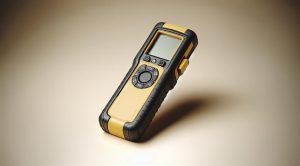
How a Stud Finder Makes DIY Projects Safer
How a Stud Finder Makes DIY Projects Safer

Sealing Tape Uses for Waterproof DIY Repairs
Sealing Tape Uses for Waterproof DIY Repairs

Floor Screed Basics for Level, Durable Surfaces
Floor Screed Basics for Level, Durable Surfaces
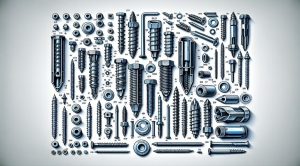
Wall Anchors That Support Heavy Home Fixtures
Wall Anchors That Support Heavy Home Fixtures

Foam Insulation Tricks for Lower Energy Bills
Foam Insulation Tricks for Lower Energy Bills

Modern Hinge Systems for Smooth, Silent Doors
Modern Hinge Systems for Smooth, Silent Doors
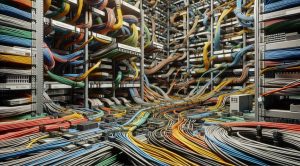
Cable Routing Tips for Cleaner Home Installations
Cable Routing Tips for Cleaner Home Installations

Deck Coating Ideas for Long-Lasting Outdoor Floors
Deck Coating Ideas for Long-Lasting Outdoor Floors
